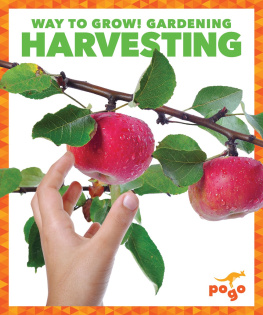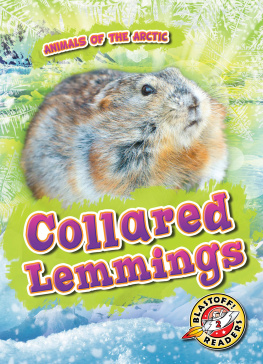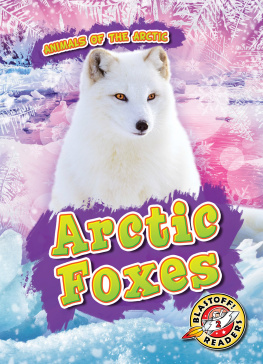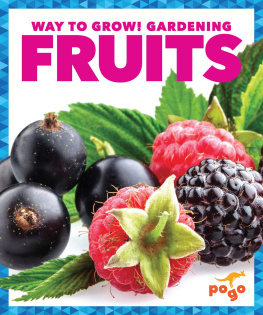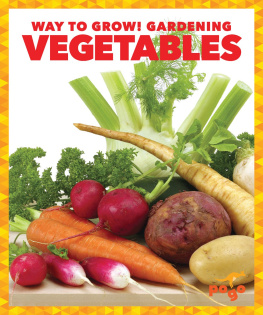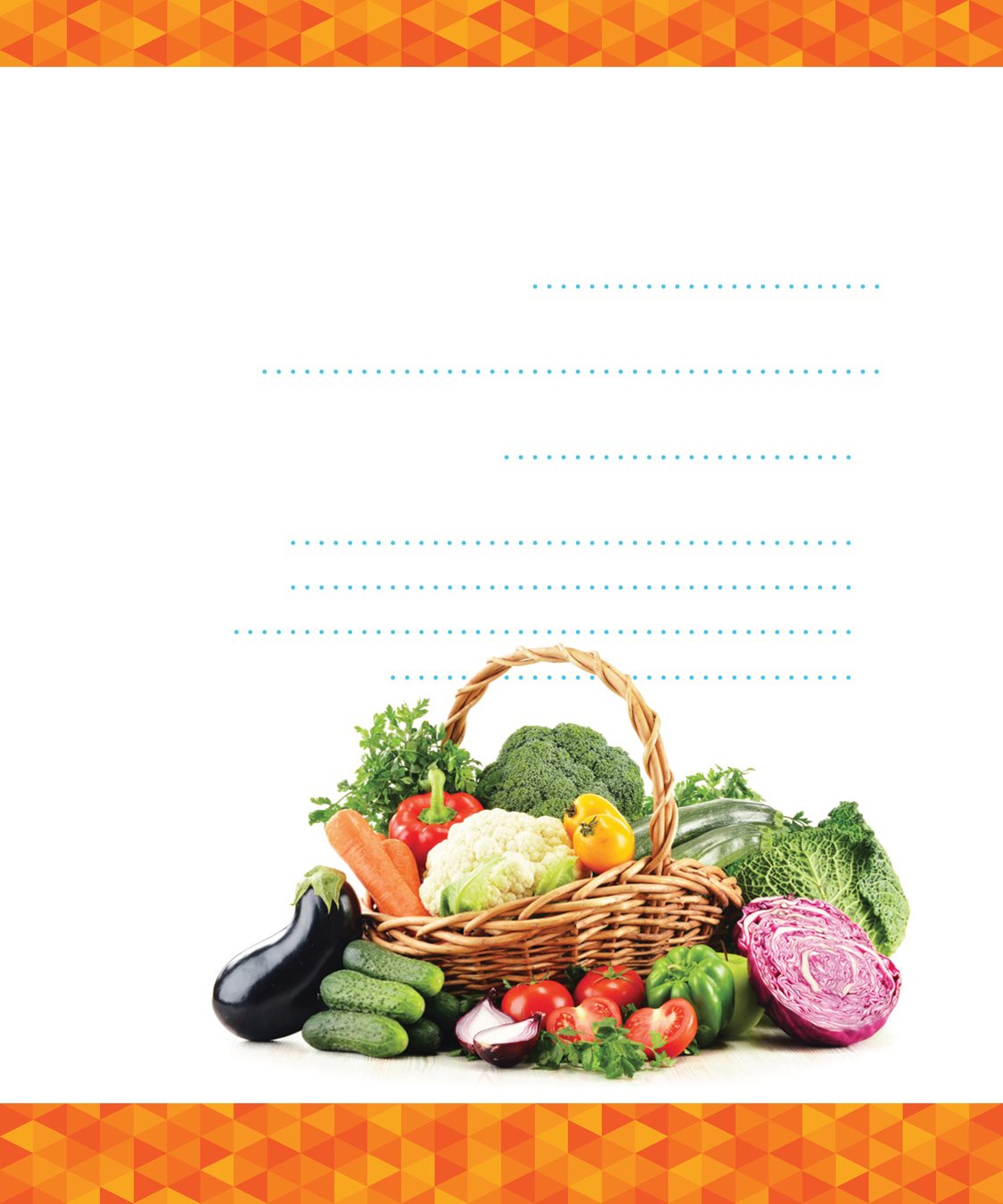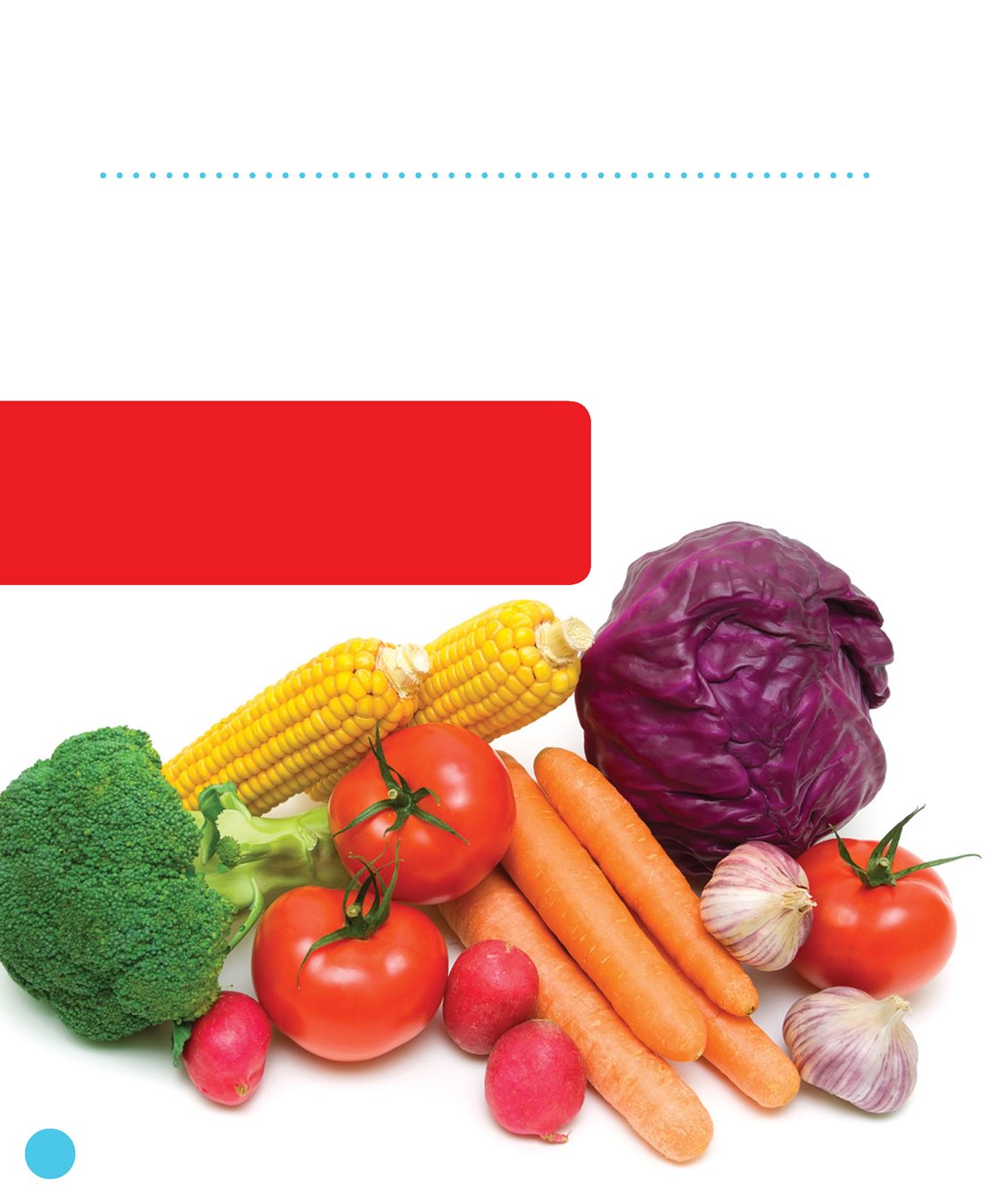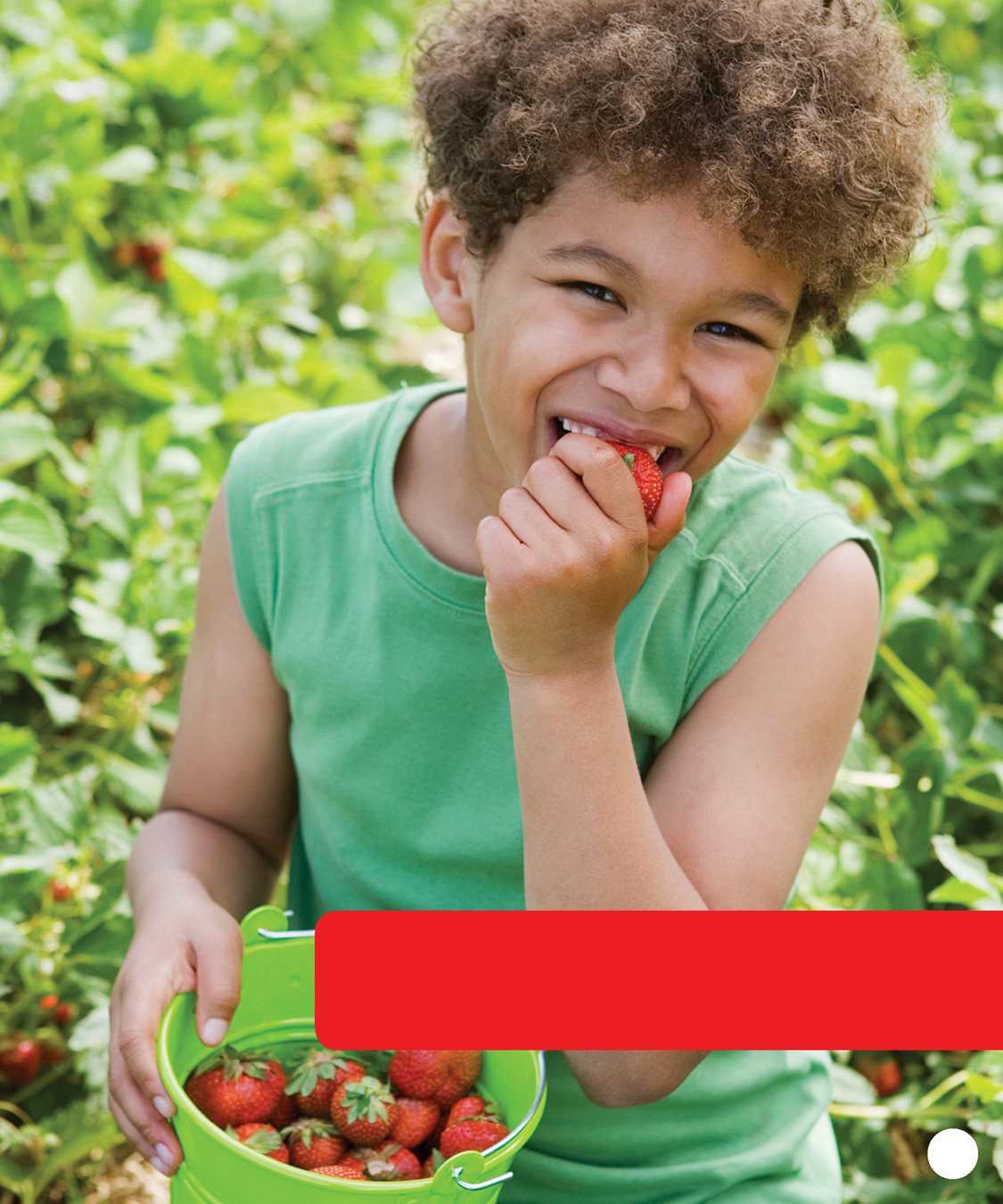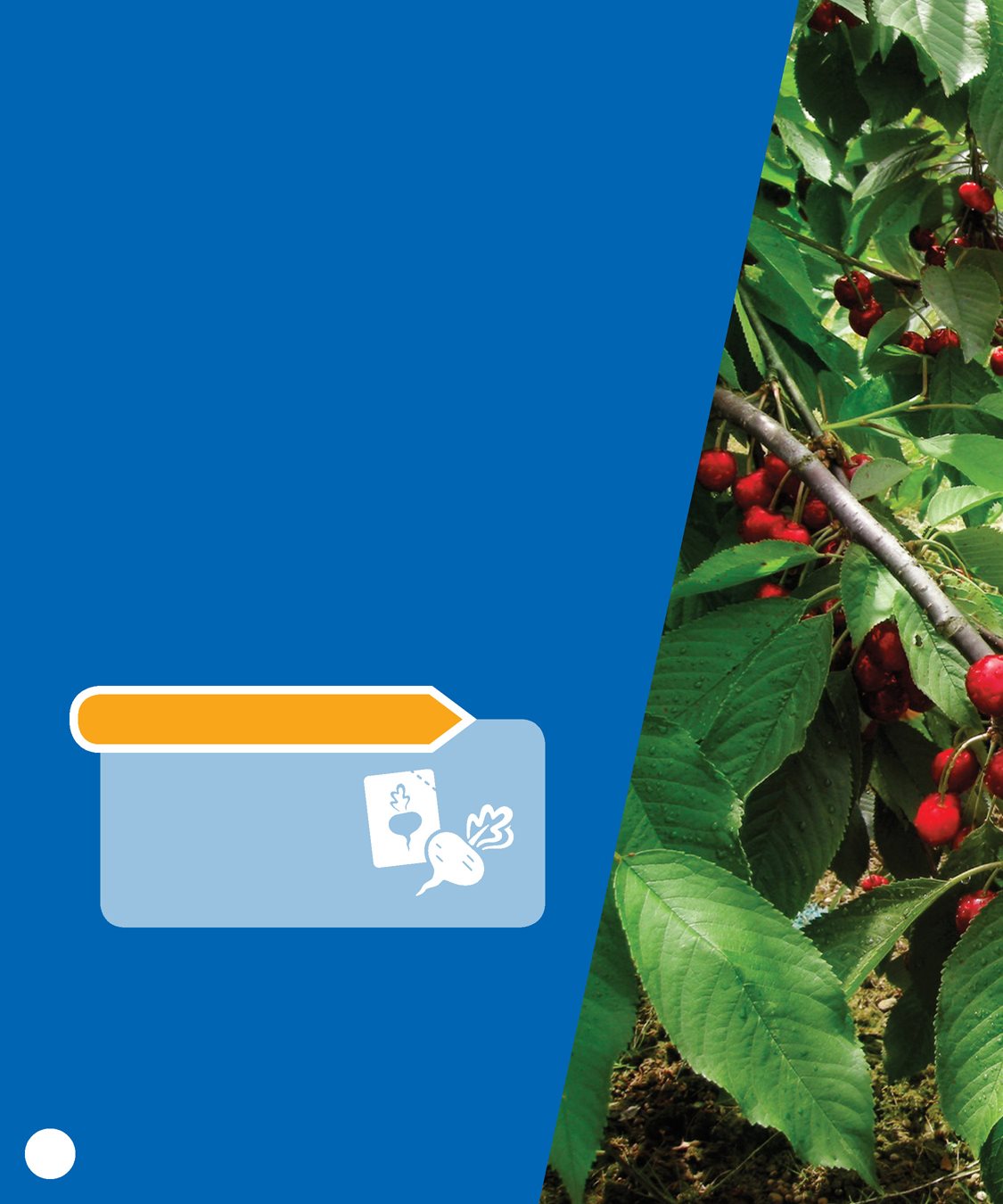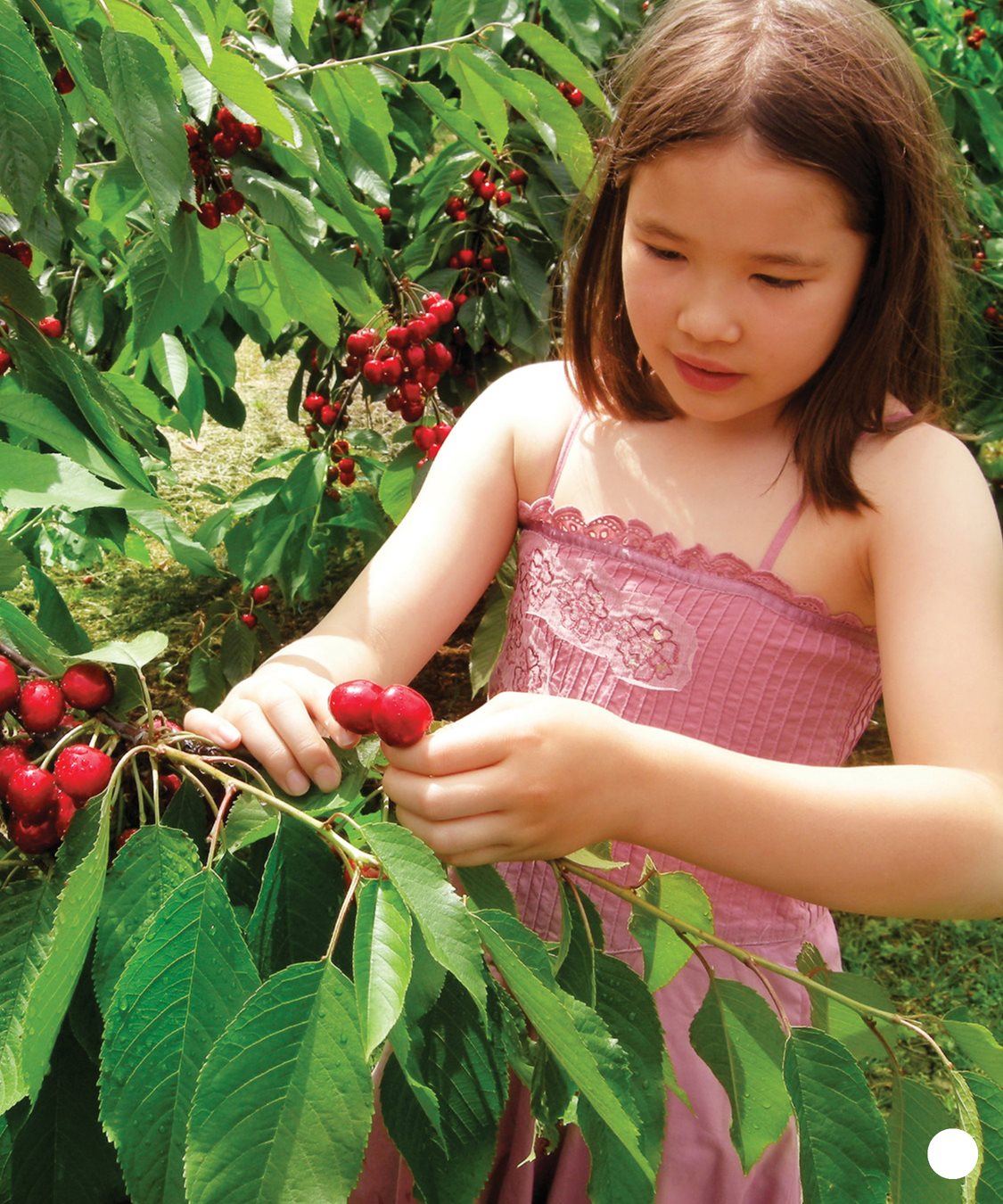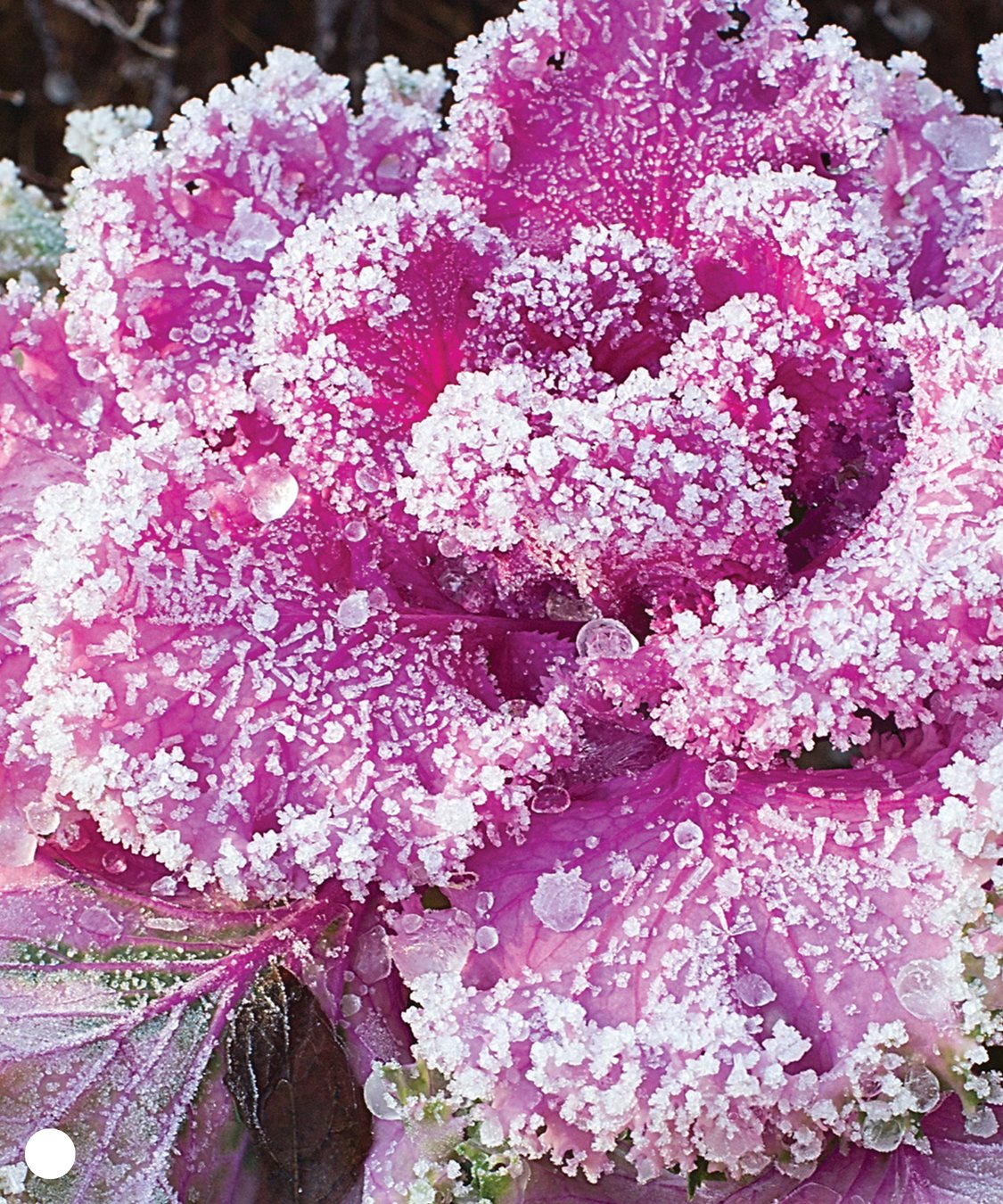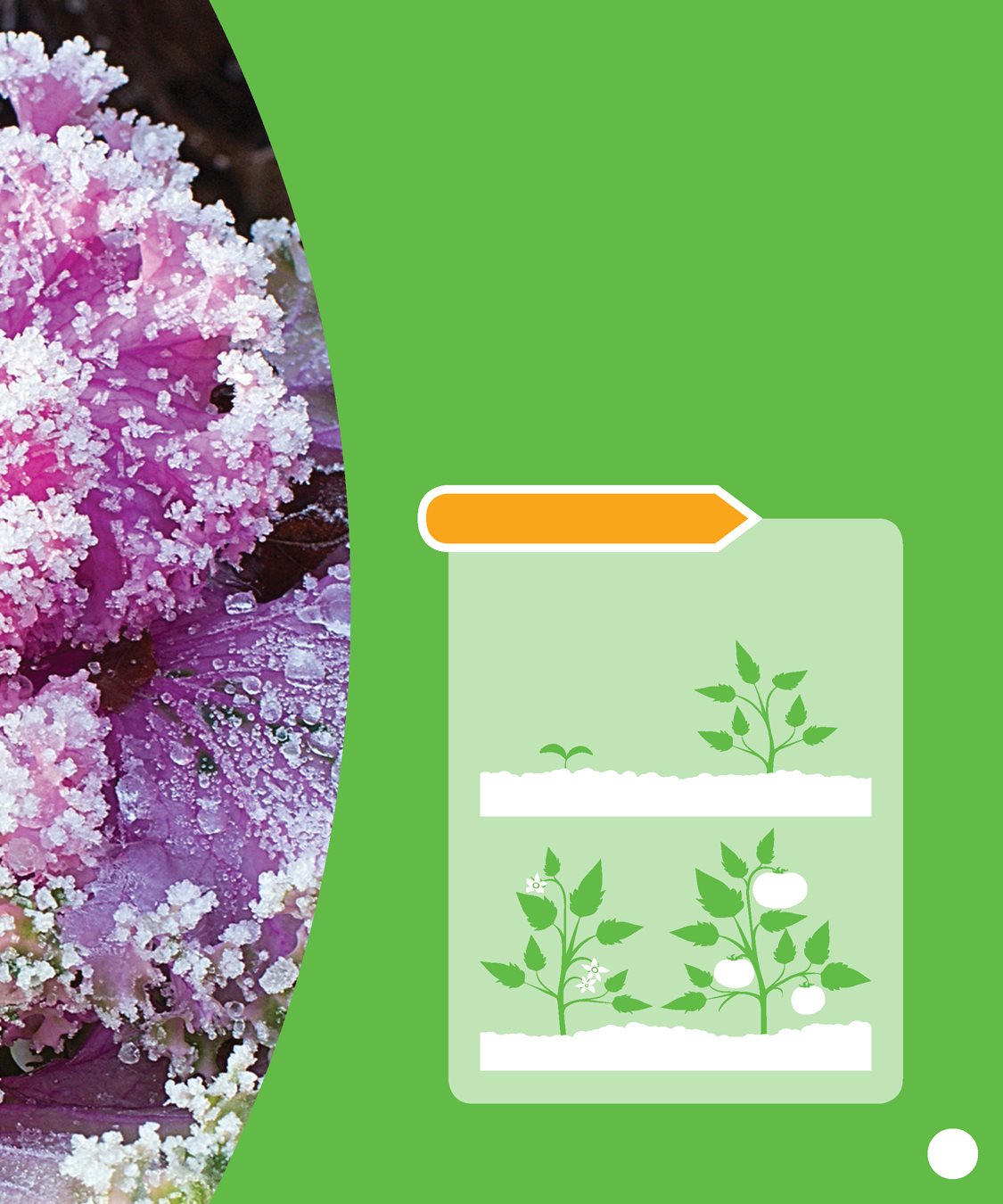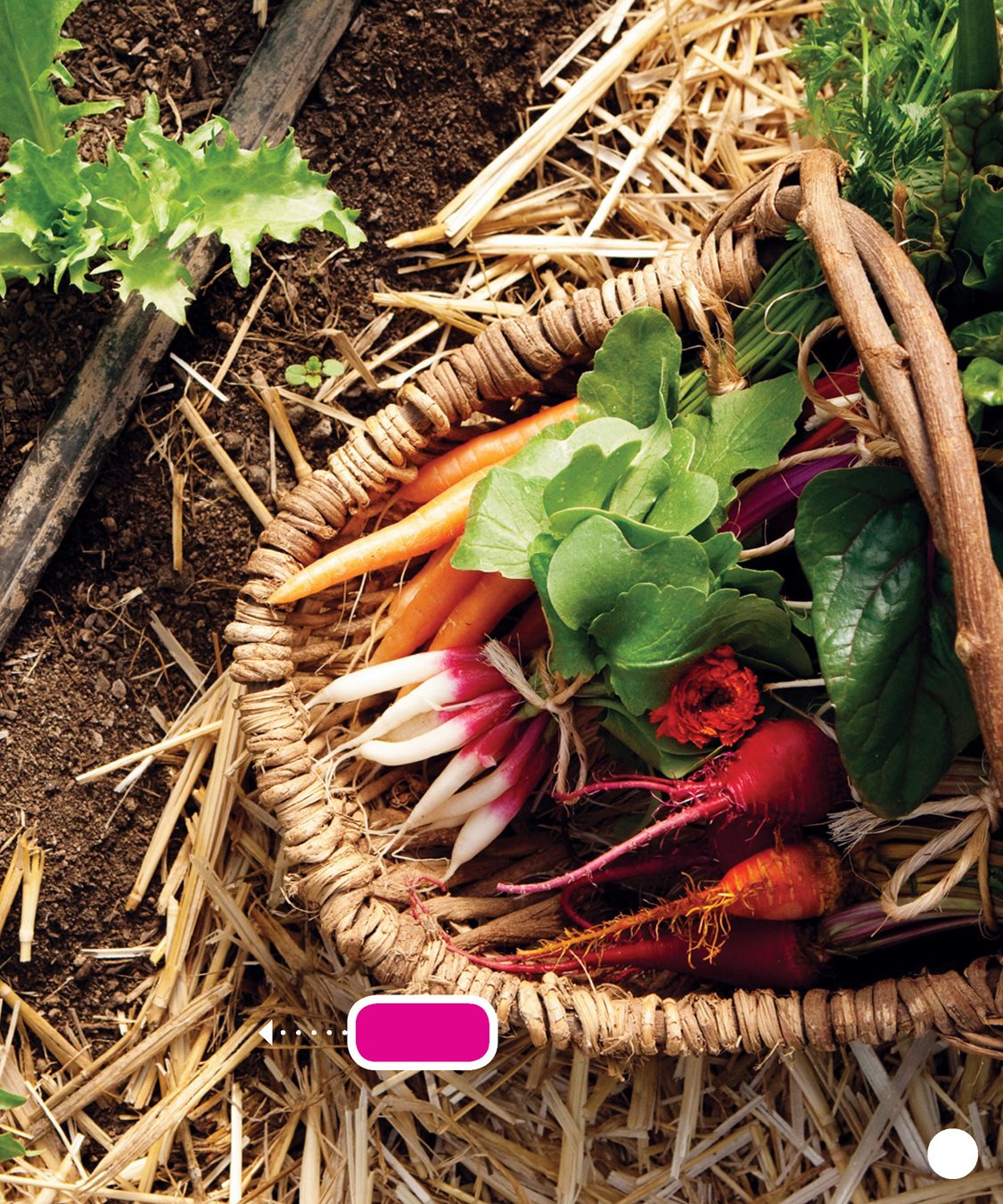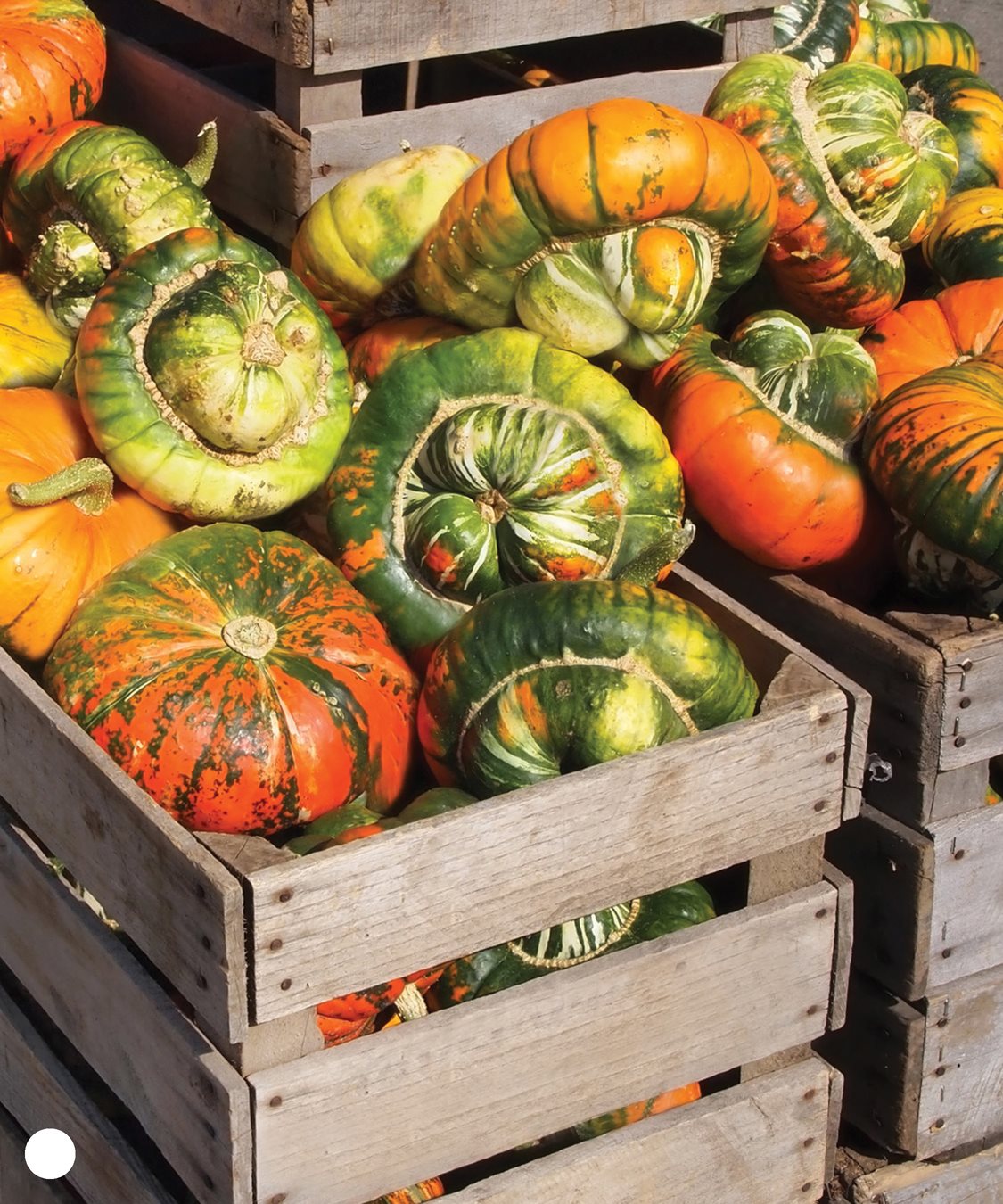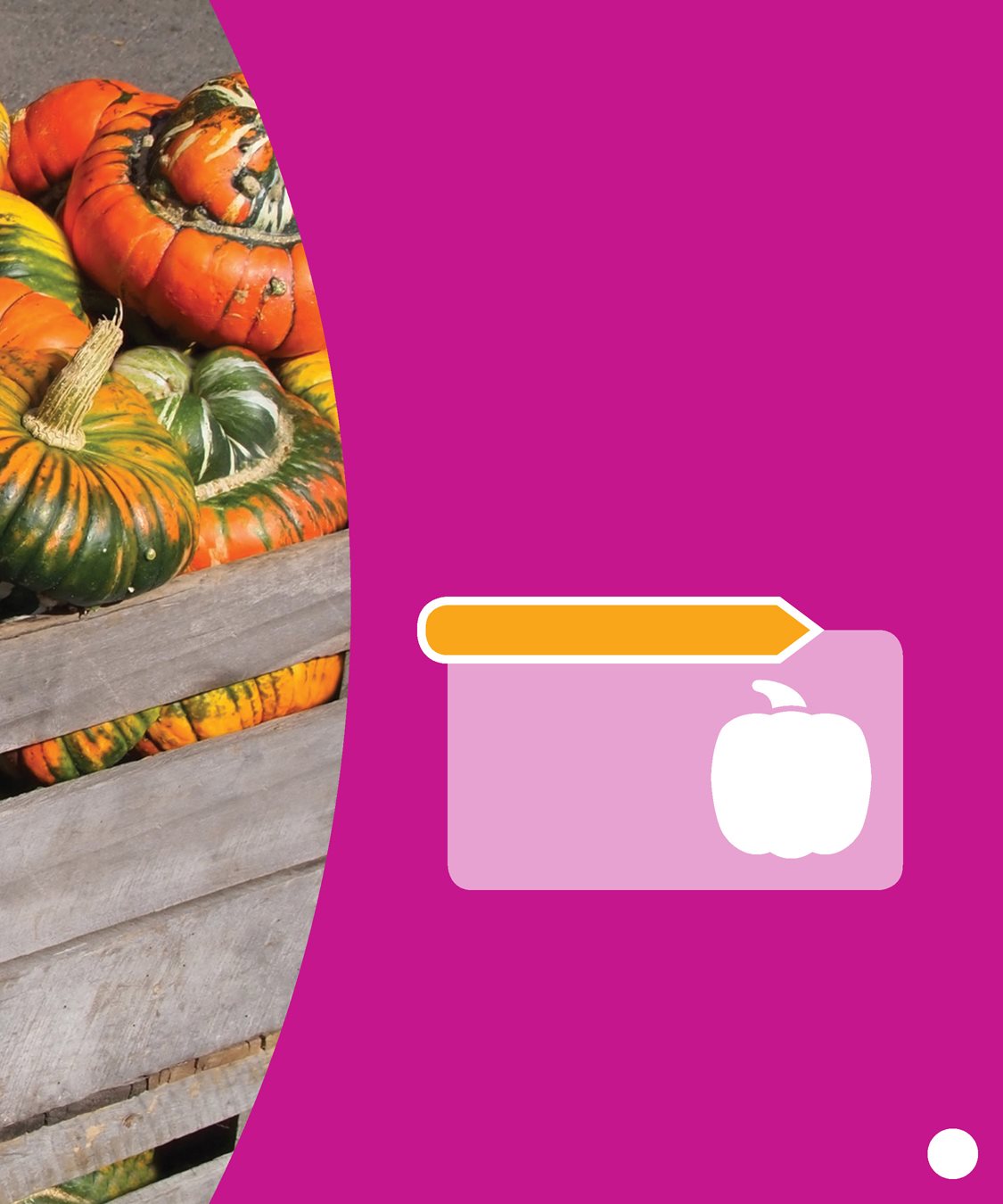Ideas for Parents
and Teachers
Pogo Books let children practice
reading informational text while
introducing them to nonfiction
features such as headings, labels,
sidebars, maps, and diagrams,
as well as a table of contents,
glossary, and index. Carefully leveled text with
a strong photo match offers
early fluent readers the support
they need to succeed.
Before Reading
Walk through the book and
point out the various nonfiction
features. Ask the student what
purpose each feature serves. Look at the glossary together.
Read and discuss the words.
Read the Book
Have the child read the book
independently.
Invite him or her to list questions
that arise from reading.
After Reading
Discuss the childs questions.
Talk about how he or she might
find answers to those questions. Prompt the child to think more.
Ask: Have you ever picked berries
from a bush or apples from a
tree? Did you eat the fruit right
away? Or did you use it to make
something else? Pogo Books are published by Jump!
5357 Penn Avenue South
Minneapolis, MN 55419
www.jumplibrary.com Copyright 2016 Jump!
International copyright reserved in all countries.
No part of this book may be reproduced in any form
without written permission from the publisher. Library of Congress Cataloging-in-Publication Data Pettiford, Rebecca, author. Harvesting / by Rebecca Pettiford. (Way to grow! Gardening) Includes index. (Way to grow! Gardening) Includes index.
ISBN 978-1-62031-230-8 (hardcover: alk. paper) ISBN 978-1-62496-317-9 (ebook) 1. HarvestingJuvenile literature. I. Title. II.
Series: Pettiford, Rebecca. Way to grow! Gardening. SB129.P495 2015 631.55dc23 2015000297 Series Editor: Jenny Fretland VanVoorst
Series Designer: Anna Peterson
Photo Researcher: Anna Peterson Photo Credits: All photos by Shutterstock except:
age fotostock, ,
. Printed in the United States of America at
Corporate Graphics in North Mankato, Minnesota.
TABLE OF CONTENTS
CHAPTER
HARVESTING
YOUR PLANTS
You worked in your garden all spring
and summer. Now its time to harvest
your plants.
How do you know when
to cut your flowers? 4 CHAPTER 1
How do you know when to
pick the berries and pull up
the carrots? Lets find out! CHAPTER 1
CHAPTER
FLOWERS
Do you want fresh flowers for a vase?
Gather flowers in the morning
before it gets hot. 6 CHAPTER 2
Try to cut them before
the blooms are fully open.
They will open in water. CHAPTER 2
CHAPTER 2
Cut the stems with a sharp knife
or garden shears. Gently lay them
in a box or basket. Put the cut
flowers in a vase of fresh water.
DID YOU KNOW?
Your cutting blade should be sharp.
A dull blade can crush the flowers
stem.
This makes it hard for it to take
in water. CHAPTER 2
CHAPTER
FRUITS AND
VEGETABLES
Look at the fruits and
vegetables in your garden.
Are the colors bright? 10 CHAPTER 3
If they look good enough to eat,
they are often ready to pick! CHAPTER 3
Pick berries and grapes when
they are fully ripe . They should
come off the plant easily. Pick fruits like oranges and
cherries when they are ripe
on the tree. You can pick other tree fruits
just before they are ripe.
Pears, peaches, plums, and
mangoes will all continue
to ripen inside.
DID YOU KNOW?
When will your
carrots and radishes
be ready? Read your
seed packet.
It will
tell you. CHAPTER 3
CHAPTER 3
CHAPTER 3
For the best taste, gather most
vegetables before a frost.
But some vegetables can handle
a bit of cold weather. In the case of Brussels sprouts,
cabbage, and kale, frost
actually improves the flavor!
TAKE A LOOK!
Fruits and vegetables go through
four stages between planting
and harvesting. 1. seedling 2. flower stage 4. fruit stage CHAPTER 3
You can leave many
root vegetables in
the ground during the
winter. fruit stage CHAPTER 3
You can leave many
root vegetables in
the ground during the
winter.
However, they must
have a heavy layer of
mulch on top of them. CHAPTER 3
mulch CHAPTER 3
CHAPTER 3
Vegetables like garlic, onions,
and winter squash must
be cured after you pick them. What does that mean? It means storing them

